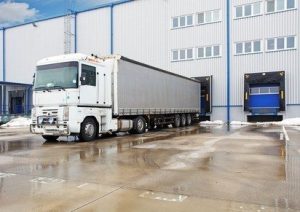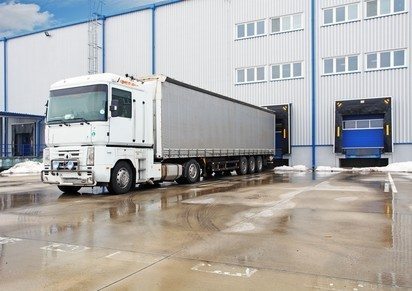
As the U.S. economy continues to improve, business owners and supply chain managers are now facing new challenges. Companies must contend with a shortage of logistics workers and truck drivers. Innovative and efficient warehouse equipment is crucial to maximize manpower and prevent workplace injuries that create even more interruptions to workflow. It is also important that managers understand and prepare for several key supply chain trends coming in 2018 and the years beyond.
Continued innovations in the omnichannel experience
Technology is advancing more rapidly these days than ever before. New improvements in artificial intelligence and advanced technologies reach consumers shortly after being developed and become rapidly integrated into their daily lives. The omnichannel approach to creating a cohesive customer experience is constantly evolving. Companies must keep up while managing revenue in different omnichannel paths.
Service chains take precedence over product chains
Consumers have a lot of options for products. Providing an excellent product is not enough. Companies have to make a personal connection with customers, and those customers have high expectations for post-sale service. People are more likely to share their bad experiences than they are to tell others about good customer service. Companies that consistently deliver top quality customer service will move ahead of those that provide spotty or mediocre service.
SCM will require professional credentials
That comes from SupplyChain247. There are already many universities that offer graduate degrees in supply chain management. Additionally, there are several professional associations. It is likely that professional credentials will soon be required for people working in supply chain management.
We are dedicated to providing material handling and warehouse equipment that saves time, maximizes manpower, and prevents injuries to your team. Contact DJ Products to speak with one of our knowledgeable sales engineers.




